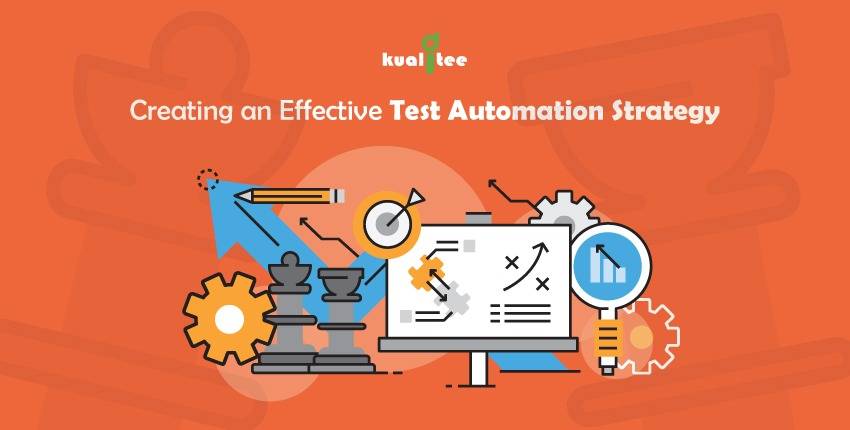Software testing is evolving, thanks to the adoption of robust Digital Transformation. The need to deliver timely applications has become eminent and this revolutionary rise in the IT industry can pose several risks to customer satisfaction. The challenge is real and can’t be met by sticking to outdated software testing trends and most importantly, designing inefficient test strategies.
Some of the main reasons for application failure involve bad UI/UX, and insufficient testing and QA of the app. In the existing digital framework, there are numerous factors that can deter your application performance and functionality. What could be worse than a threatening data breach on your inadequately tested application?
Agile and DevOps development approaches have been the key reasons behind the significant rise of software testing, where testing is practiced on a regular basis with the coordination of the development teams. Testing and bug hunting begins way ahead in the SDLC and plays critical in producing a market-ready application.
Why is Test Automation Strategy Crucial?
Automation testing is a multi-dimensional process that manages a galore of testing activities to assess if the Application Under Test (AUT) performs perfectly under a heavy workload, is totally secure, and works robustly to meet the impulsive market conditions.
Nevertheless, full automation can’t be achieved, so there needs to be a powerful arrangement of manual and automated tests as part of your test automation strategy to make it more productive and result-generating.
Is there a well-defined way for an effective test automation strategy? Maybe not, but in this blog, we have suggested some potent elements that can help you create a remarkable automation plan for you:
Generate Market-ready Results
Whenever a particular project/application is given to a QA team, they have to make a strategic plan for it to induce desired results fulfilling the business requirements. A test automation strategy is created to recognize and outline objectives for your test automation project. This way the whole process becomes result-oriented.
However, the objectives can be different for projects such as steadfast time to market, speedy regression testing, less testing effort, improved test coverage, budget-friendly testing, and a lot more.
Choose Right Testing Tool
In today’s modern software testing age, it is impossible to run testing practices without incorporating the services of a rigorous software testing tool. There are several tools available in the market, some are commercial while others are Open-source tools for free.
QA teams choose tools wholly based on their testing objectives and business requirements, keeping in view the expense as well.
Reusable Test Scripts
Test Automation is all about test script reusability. It is a key factor that helps you save time and money by avoiding to create any new entity for a test case every time. All they have to do is create automation frameworks and test scripts that can be applied to various operations and functions.
The script reusability increases productivity in the automation framework that helps optimize future projects across other channels. Thus, creating reusable test scripts is crucial to include in your test automation strategy.
Merge Automation Strategy with The Development Plan
Since Agile and DevOps have become the central part of any automation process, it is important to keep every procedure connected and readily accessible. Consequently, your test automation strategy can become a good attempt only when it combines with your overall software development plan as well as the business objectives.
Appoint Dedicated Team Members
No matter, how strong your test automation strategy is, those implementing it must be dedicated and persistent towards achieving the business goals. An out-and-out testing team can generate a successful test automation suite with all the pre-decided resources and workflows that sync with the SDLC objectives.
Still wondering why isn’t your test automation providing the required results? Maybe this blog has answered that for you. So, start working around these factors.


























